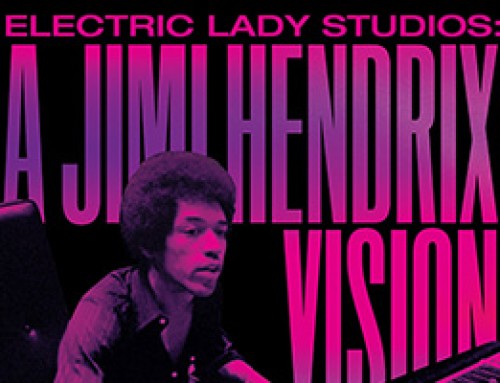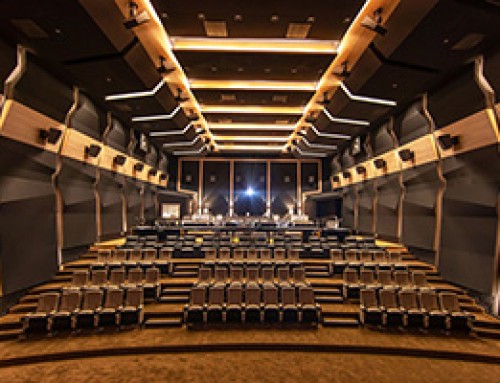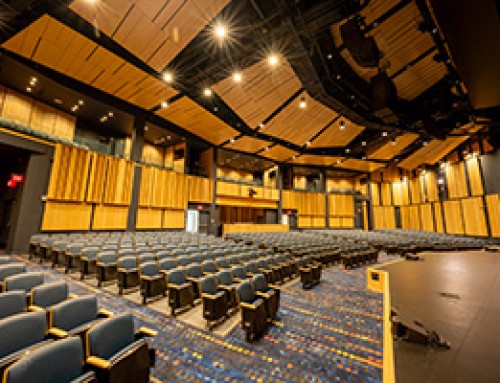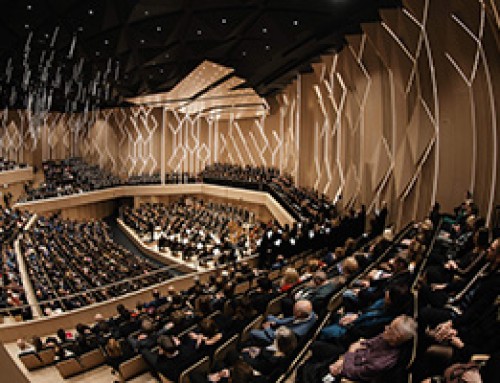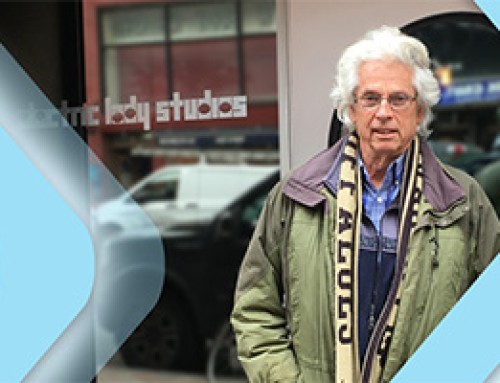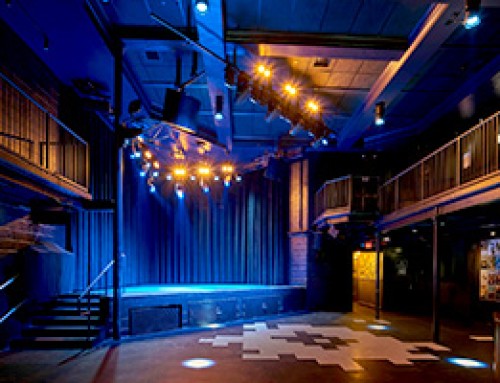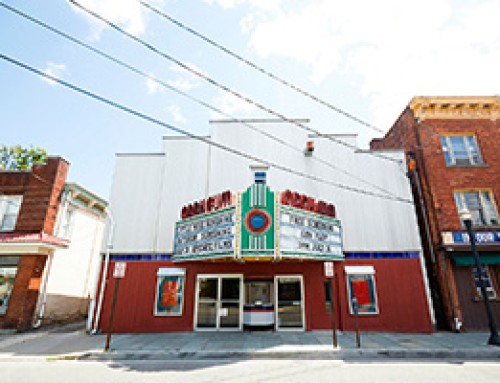Ann Arbor, MI (June 22, 2007)–Students at the University of Michigan Audio Program are reaping the benefits of a newly renovated recording studio. An essential component of the U of M School of Music, Theatre & Dance, the studio is an integral element of the school’s sound engineering program. It also serves as the University’s recording facility for a variety of projects.
University of Michigan Control Room. Note producers desk may be moved to rear wall to accommodate larger student groups.
First built in 1995 and now redesigned by John Storyk and the Walters-Storyk Design Group, the 1800 sq. ft complex features a control room, live recording room and ISO booth. The original sound lock, which doubled as a machine room, has been moved to the control room for increased efficiency and space maximization. U of M School of Music, Theatre & Dance assistant professor of audio engineering Jason Corey, reported that WSDG enhanced the ‘live’ quality of the original recording space by adding acoustically reflective surfaces including variable wall panels and a wood floor. “The wall treatments have wooden and absorbent sides so that we can quickly retune the room to change reverberation time.
“This flexibility is essential to teaching sound engineering,” Corey added. “It enables us to demonstrate the role the studio environment plays in music the students record, whether solo artist, ensemble, jazz, rock or classical, etc. By varying the room acoustics students quickly learn to appreciate its effect on the sound of the music.”
The facility’s technology upgrade is focused around a new 48-channel API Vision surround sound mixing and recording console. “Using an analog console is a more effective teaching tool than a digital desk because it provides students with a straightforward method for learning the fundamentals of studio signal flow,” said David Greenspan, coordinator of audio resources at the U-M Duderstadt Center and the Digital Media Commons. “We are also very pleased with the moveable producers desk which can shift from its position at the center of the control room for working sessions, to the rear of the room to accommodate larger groups of students.”
David Greenspan, coordinator of audio resources at the U-M Duderstadt Center (left), and U-M School of Music, Theatre & Dance assistant professor of audio engineering Jason Corey.
Greenspan points out that a full six-week course in studio production is available to all members of the student body as part of their standard tuition, and that the facility is available for students who have been trained in its use. Members of the law and business schools have already taken advantage of this opportunity. We are also very pleased with the moveable producers desk which can shift from its position at the center of the control room for working sessions, to the rear of the room to accommodate larger groups of students.”
Greenspan points out that full a six-week course in studio production is available to WSDG was a clear choice for this assignment. In addition to his extensive architectural and acoustical credentials, company principal architect/acoustician John Storyk lectures at numerous colleges around the country, including the University of Michigan. These presentations have provided him with insights into the needs for effective audio teaching facilities. “We have designed many recording schools and college audio departments, including Ex’Pression in San Francisco, Full Sail in Florida, Five Towns in Long Island, NY, and most recently the University of Colorado at Boulder,” noted Storyk. “The knowledge I acquire from these assignments benefits my design work as well as my teaching skills.
“The U-M facility was designed to provide students with an environment that will prepare them for real-world jobs,” Storyk concluded. “They are already producing professional level work for Block M Records, the University’s recording label which makes performances available worldwide, primarily through Internet streaming or fee-for-download. The facility is also used for the University’s Internet Publication Project, which promotes the publication of music recordings, scholarly writing and video production. We are very pleased to have contributed to this project, and I look forward to lecturing here again in the future.”


